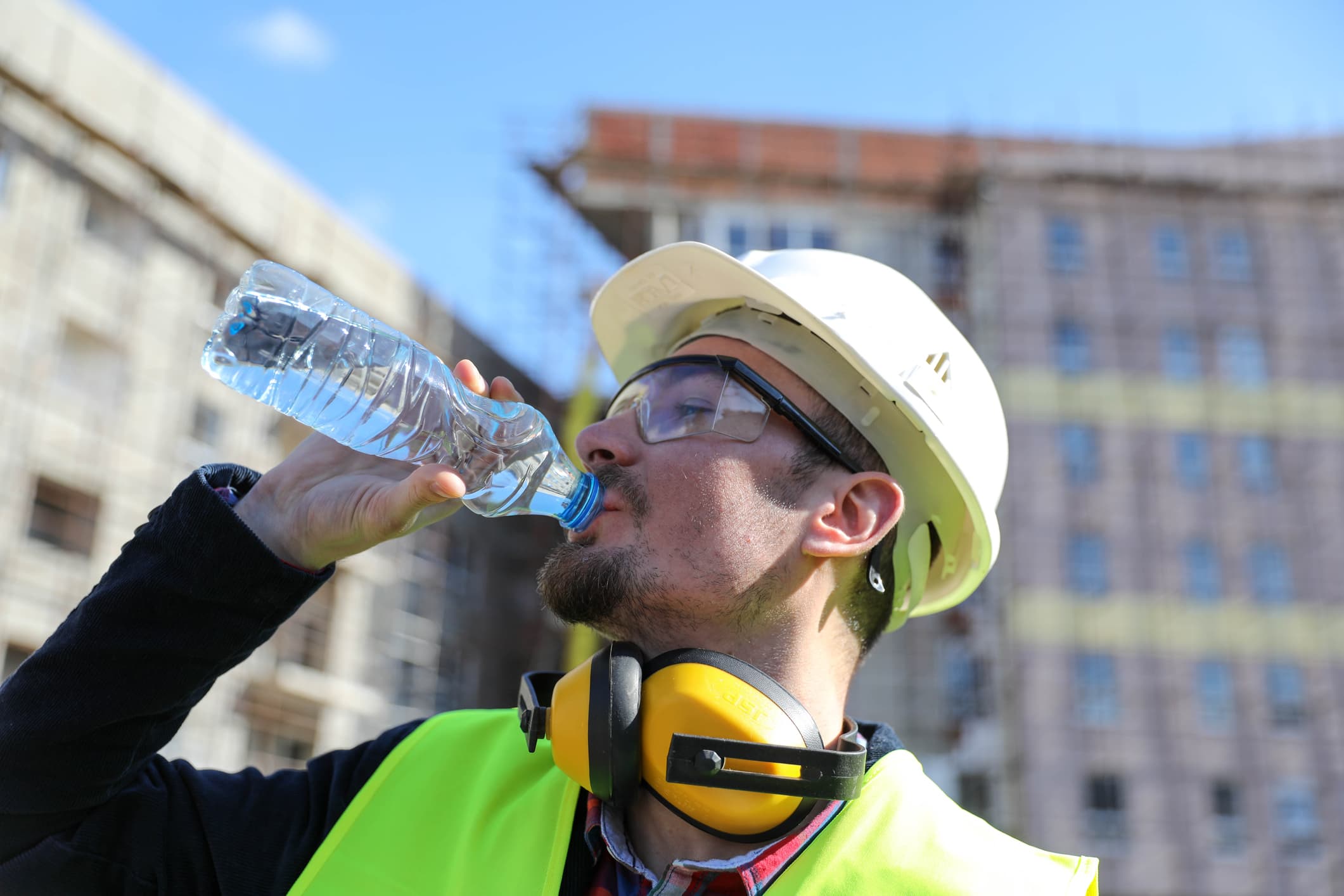Dangers of working in extreme heat: When is it too hot to work?
Published on Posted onPlease note that this post was written for Queensland audiences and the information within may not apply to other regions.
Historically, January is said to be the worst month when it comes to heat-related illness fatalities. One notable period was in late January of 2009 when more than 400 people were killed during severe heatwaves across south eastern Australia and Melbourne sweltered through three days of 43C.
According to the Bureau of Meteorology, Queensland recorded its second hottest January in 2020, and Queensland recorded a warmer than usual spring in 2021.
So, when it comes to working in the heat, we ask, when is it too hot to work?
The heatwave dilemma for Australian workers
Model heatwave data predicts that surface temperature and heatwaves will increase substantially across Queensland into the future.
According to an Australian State of the Environment report, the estimated annual average number of heat-related deaths is expected to hit more than 1000 in Brisbane, and more than 1100 in Melbourne City by 2050.
Safe Work Australia’s work-related injury fatalities report shows 1679 workers died due to environmental factors including heat in 2020.
Also in 2020, a north Queensland employer was found guilty of failing to meet health and safety obligations to provide workers with shelter and proper instruction about what to do when workers felt heat affected, after one of his workers died from a heat related illness.
With all of this in mind, is it time Queensland introduced a maximum working temperature or more strategies to allow work to continue safely in such heat?
Impacts of heat on a worker’s health
Working in extreme heat conditions puts people at greater risk of health problems. Not only do hot temperatures cause discomfort and hazards like reduced concentration (and consequently an increased likelihood of accidents), but high temperatures can result in a range of mild to severe effects.
As a general rule, the human body needs to stay at a temperature of about 37C. If our body temperature rises above this and is unable to cool itself adequately, it overheats, and you may start to suffer from heat-related illnesses like:
- Skin rashes and burns
- Dehydration
- Fainting
- Heat cramps
- Heat stress
- Heat exhaustion
- Heat stroke
The exact effect of heat on the human body is influenced by a number of climatic and personal factors such as radiant heat, air flow, humidity and type of clothing, intensity of work activity and personal health; but heat discomfort is generally felt from 30C, which is frequent in a Queensland summer.
Which begs the question: is there a maximum working temperature in Queensland?
Managing exposure to heat in the workplace
While there is no specific workplace health and safety law about the temperature to which workers can be exposed to, some modern awards and agreements may include requirements regarding work in hot environments.
Many unions recommend workplaces prepare adaption plans for when heatwaves approach that include employers keeping temperatures below 30C.
And according to the Public Service Association, for parts of the country that are normally cooler, it’s recommended that workers take a rest for:
- 10 minutes every hour if the temperature rises to between 30 and 32;
- 15 minutes every hour for between 32 and 35;
- 30 minutes for 35 to 38;
- And recommended to cease work if it rises over 38.
For hotter parts of the country, it’s recommended to only work 15 minutes in the hour if the temperatures hits above 42°C.
Remember, just because it isn’t law, doesn’t mean you have to continue to work when it gets unbearable.
Who’s responsible for ensuring safe temperatures in the workplace?
Safe Work Australia’s Managing the Work Environment and Facilities Code of Practice state that environmental conditions and the health and safety of workers must be monitored – especially when work involves prolonged or repeated exposure to heat or cold.
At both ends of the scale, it is the responsibility of the employer (or the person conducting a business or undertaking) to ensure this “so far as reasonably practicable”, as written in the Work Health and Safety Regulations 2011.
Risk assessment is important before any work is undertaken to determine the health and safety risk of working in heat to workers, which can be done using the Queensland Government’s State Heatwaves Risk Assessments 2019 document.
But employers can’t just look at top level factors like the temperature itself though. They must also look at individual personal factors like:
- Age
- Health condition
- Medication
- Pregnancy
- Level of physical activity
- Exposure
What to do if suffering a heat-related injury or illness at work
As mentioned above, heat-related illnesses are progressive conditions that can prove fatal if left untreated.
If you work in an at risk occupation or situation, you have the right to submit a complaint if your employer has failed to carry out a proper risk assessment or implement sufficient controls. And if you think your health is at risk, or an existing health condition is impacted due to the hot working conditions, seek legal advice – you may be eligible to claim any injuries, illnesses and losses on workers’ compensation.
If you think there might be a risk in your work environment regarding temperature, use this heat stress calculator.


